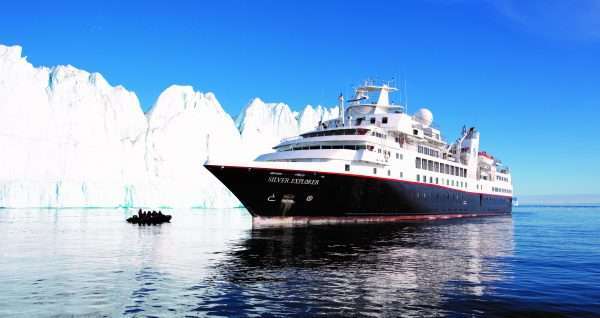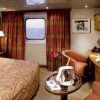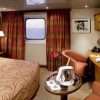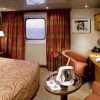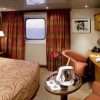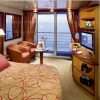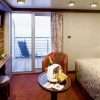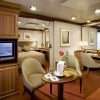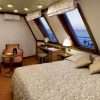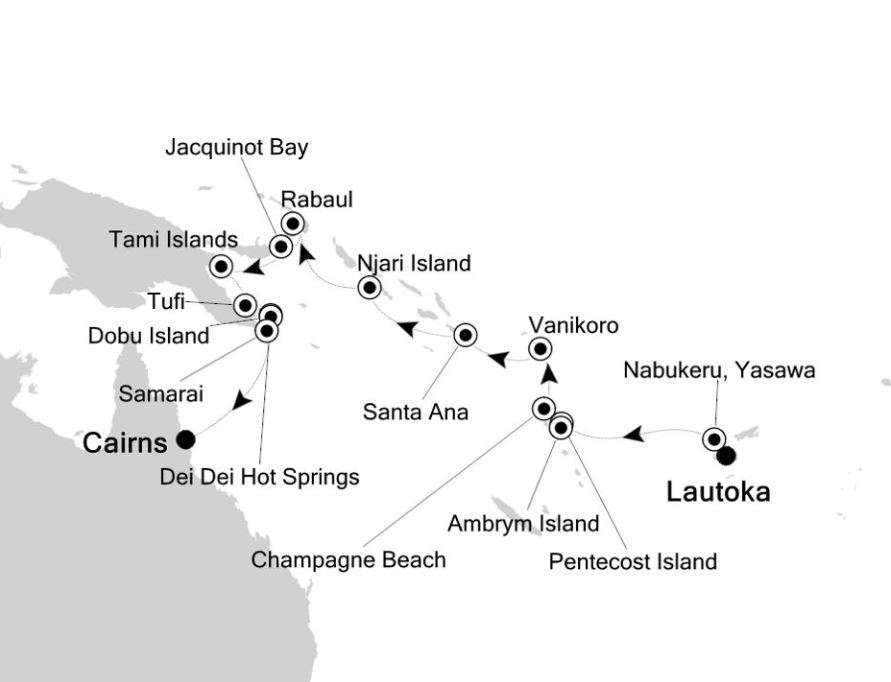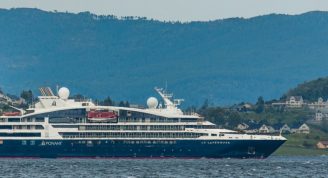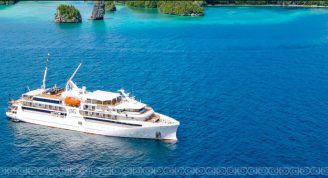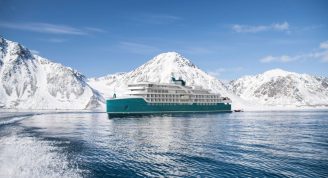Description
Join us to experience the highlights of Melanesia; the true gems of the region. Starting in Lautoka, Silver Explorer will sail through Melanesia via Vanuatu, the Solomon Islands and Papua New Guinea. This voyage will lead you from underwater wonders to blue lagoons and islands with active volcanoes where one can swim and snorkel, watch for dolphins and look for seabirds. Hike for panoramic views and study volcanoes at the Volcano Observatory. Meet local communities and prepare to be impressed by the friendliness of the Pacific Islanders. Throughout the voyage, learn about the history, geology, wildlife and botany of these locations from lecture presentations offered by your knowledgeable onboard Expedition Team.
Trip Name
Lautoka to Cairns: South Pacific Islands Expedition Cruise
Days
18
Overview
Vessel Type: Luxury Expedition
Length: 108 metres
Passenger Capacity: 144
Built / refurbished: 1989 / 2008 / 2018
Silversea’s purpose-built luxury Silver Explorer expedition cruise ship has been designed specifically for navigating waters in some of the world’s most remote destinations, including both of earth’s polar regions. A strengthened hull with a Lloyd’s Register ice-class notation (1A) for passenger vessels enables the Silver Explorer Expedition Cruise Ship to safely push through ice floes with ease. A fleet of 12 Zodiac boats allows Silversea Expedition guests to visit even the most off-the-beaten path locations and an expert Expedition Team provides insight and understanding to each unforgettable Silver Explorer luxury cruise adventure.


